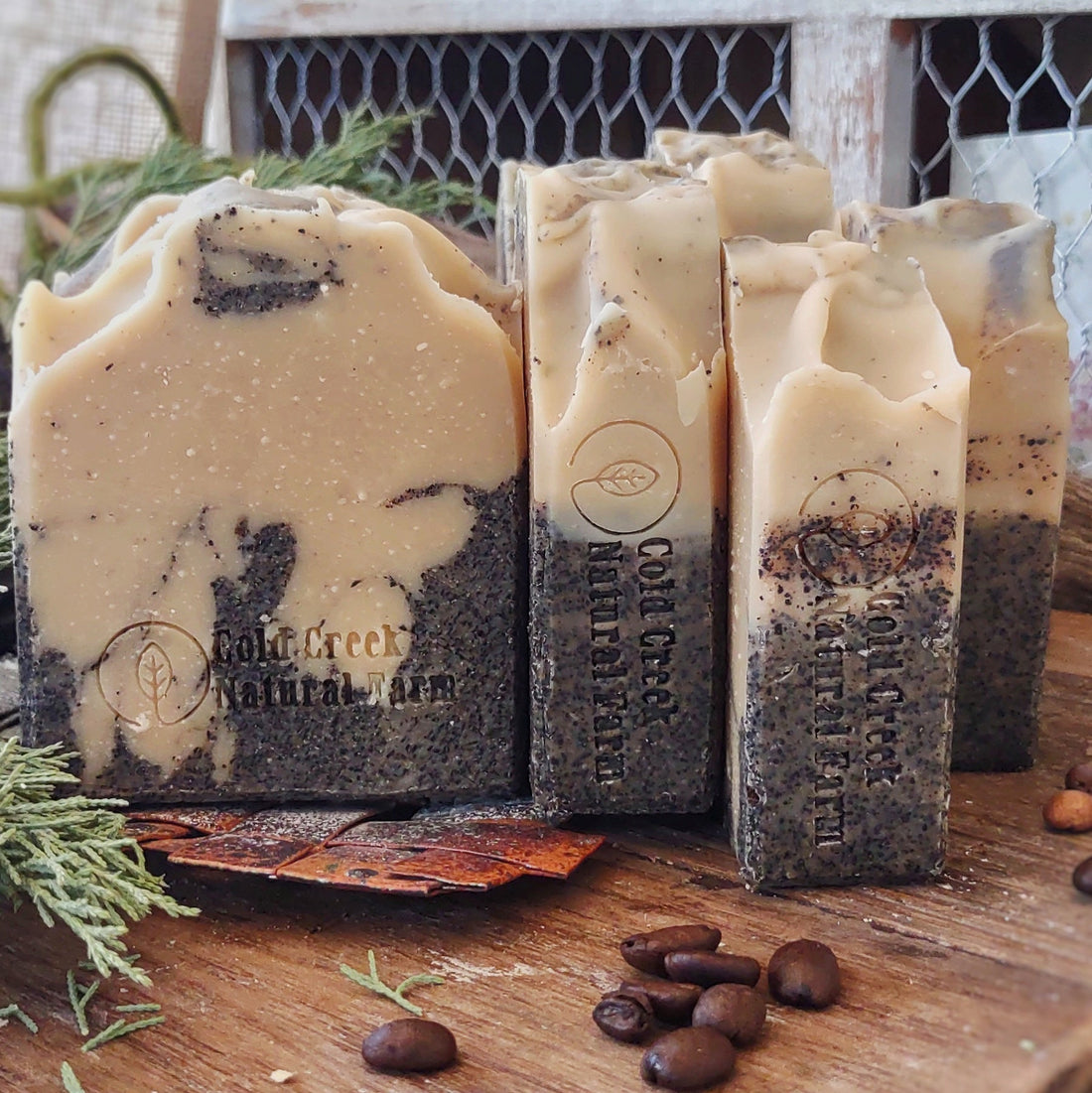All Natural Soap Colorants I Use in My Small Business (A Vibrant Guide)
Meta Description: Discover all natural soap colorants I use in my small business, from turmeric to spirulina. Learn how these botanical and mineral colors create eco-friendly, skin-safe soaps customers love.
Introduction: Why I Choose Natural Soap Colorants
When I started my small soap business, one thing was crystal clear: I wanted every bar to be as natural as possible. That meant no synthetic dyes, no harsh chemicals—just pure ingredients straight from nature. Coloring soap is one of the most exciting parts of the process, but it’s also one of the most challenging. Over time, I discovered a beautiful palette of all natural soap colorants that give my soaps vibrant, earthy, and skin-safe hues.
In this post, I’ll share the exact colorants I use in my own business, tips for working with them, and why my customers love these naturally colored soaps.

The Beauty of Coloring Soap Naturally
Health Benefits of Plant-Based Soap Colors
Unlike artificial dyes, natural colorants are gentle on sensitive skin. Many even bring their own skin-loving properties. For example, turmeric has anti-inflammatory benefits, while spirulina is packed with antioxidants.
Eco-Friendly and Sustainable Choices
Choosing natural colorants means reducing chemical waste and embracing sustainability. Since many of these powders and clays come from plants and minerals, they’re biodegradable and earth-friendly.
My Favorite All Natural Soap Colorants
Over the years, I’ve tested dozens of natural options. These are the tried-and-true colorants I use in my small soap business today.
Turmeric: The Golden Touch
Turmeric creates a warm golden yellow that instantly brightens any soap. Sometimes it deepens to a rich orange, depending on how it’s added.

Spirulina: A Refreshing Green
Spirulina, a nutrient-rich algae, adds a soft, natural green that reminds me of spring meadows. It can fade a little over time, but when used correctly, it creates stunning soaps.

Beetroot Powder: A Rosy Glow
Beetroot powder gives a pinkish-red tone that feels romantic and fresh. It pairs beautifully with floral essential oils like lavender or rose.

Activated Charcoal: Bold and Detoxifying Black
Activated charcoal is one of my most popular colorants. It produces deep black or smoky gray shades while offering powerful cleansing benefits. My customers love charcoal soaps for oily or acne-prone skin.

French Green Clay: Earthy Elegance
Clays are wonderful for soap, and French green clay is one of my favorites. It gives a muted, earthy green while also drawing out impurities from the skin.
Paprika & Annatto: Warm Oranges and Reds
Paprika and annatto seeds create vibrant orange-red hues that stand out beautifully in swirl designs.
Indigo Powder: Deep Blues from Nature
For a rich blue shade, I use indigo powder. It takes some practice to master, but the results are breathtaking.
Tips for Using Natural Soap Colorants
Oil Infusions vs. Powder Additions
Some colorants work best when infused into oils before adding them to soap, while others can be added directly as powders. For example, turmeric infuses beautifully, while charcoal blends better as a powder.
Achieving Long-Lasting Colors
Natural colors can fade. To make them last longer, I store soaps away from sunlight and use higher concentrations of stable colorants like clays and charcoal.
Balancing Color with Scent
When I use beetroot or paprika, I balance the vibrant colors with complementary essential oils—like pairing orange soap with sweet citrus scents.
Challenges I’ve Faced with Natural Colorants
Fading Over Time
Some botanicals fade, leaving pastel tones instead of vibrant colors. This taught me the importance of testing and patience.
Variability in Shades
Unlike synthetic dyes, natural colorants don’t always behave the same way. A turmeric soap made today might look slightly different than one made next month.
Testing and Experimenting in Small Batches
Experimentation is part of the fun. I always test new colorants in small batches before introducing them into my shop lineup.
Why Customers Love Naturally Colored Soaps
Aesthetic Appeal
Customers are drawn to the soft, earthy beauty of naturally colored soaps. They love knowing no two bars look exactly the same.
Gentle on Skin
Natural colorants are safer and kinder for sensitive skin, making them a selling point for health-conscious buyers.
Supporting Clean Beauty Trends
The demand for clean, green, and sustainable products is growing. By using natural colorants, I align my business with this movement.
External Inspiration: The Oterra Natural Color Palette
Although I create my own soap color blends, I find inspiration in companies like Oterra, which specialize in natural food and cosmetic colorants. Their palettes show just how wide the spectrum of natural hues can be, proving that we don’t need synthetics to achieve beauty.
FAQs on All Natural Soap Colorants
Q1. Do natural soap colorants stain the skin?
No, they don’t stain skin when used in soap. However, working with powders like turmeric may stain your hands during soap-making.
Q2. Which natural soap colorant is most stable?
Clays and activated charcoal are the most stable over time, while beetroot and spirulina may fade.
Q3. Can I mix natural colorants for unique shades?
Absolutely! Combining turmeric and indigo, for example, can produce earthy greens.
Q4. Are natural colorants safe for all skin types?
Yes, most are safe, but always test in small batches to avoid sensitivities.
Q5. How do I keep my natural soap colors bright?
Store soaps in cool, dry, dark places and use stable colorants for longer-lasting shades.
Q6. What’s the difference between clays and botanicals as colorants?
Clays usually produce muted, earthy tones, while botanicals like turmeric or beetroot give brighter colors.
Conclusion: A Colorful Journey in My Soap Business
Using all natural soap colorants has been one of the most rewarding parts of running my small business. Every bar tells a story—not just of color, but of sustainability, skin health, and a connection to nature. My customers love them, and I feel proud knowing that each soap is as pure and honest as it looks.


